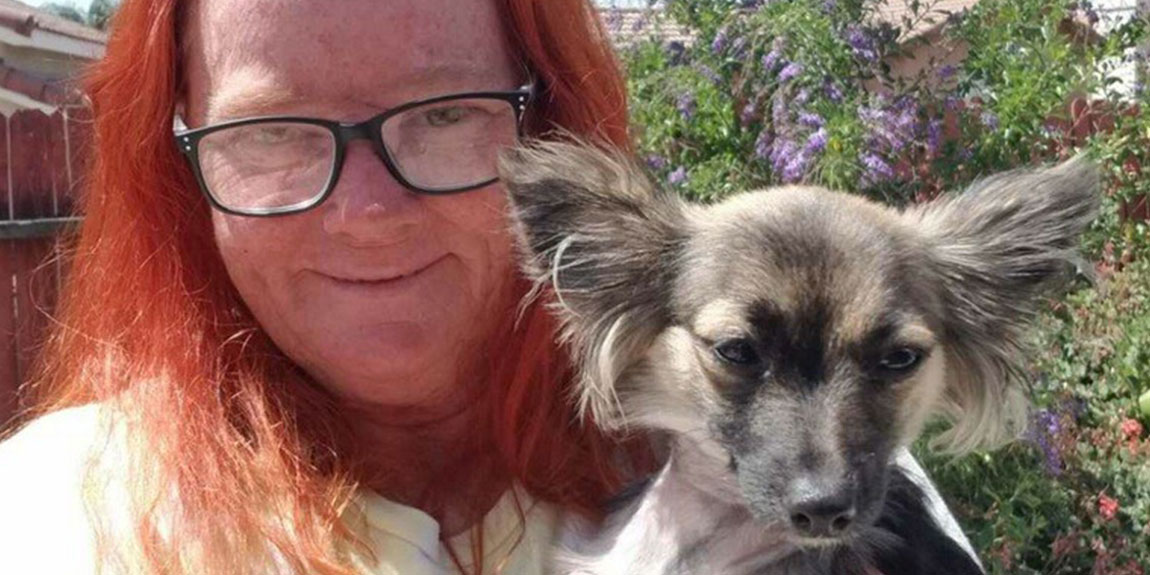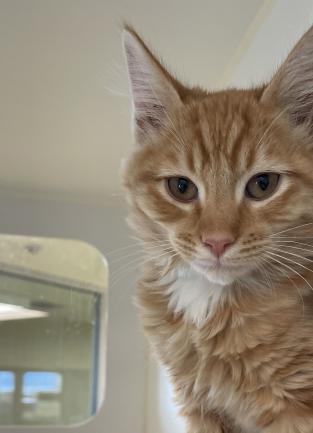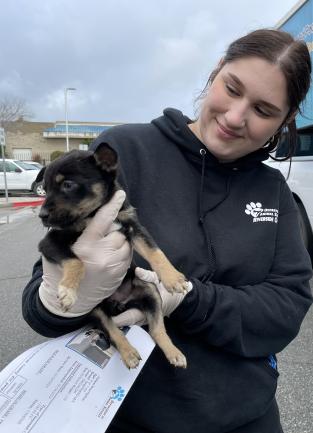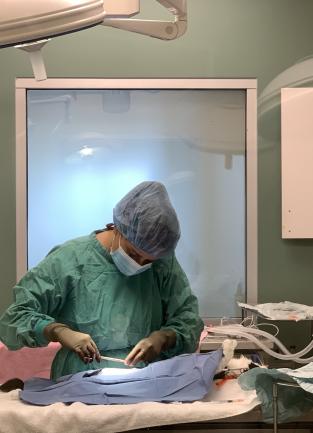Two Pooches Entered Shelter with Embedded Collars
Two dogs received special care this week for serious injuries to their necks. Both dogs were treated for what is commonly called embedded collars.
Each day Riverside County Animal Services’ veterinary services team members examine and treat injured stray animals. But these two dogs’ conditions presented the opportunity to educate the public about the dangers of objects tied around pets’ necks for extended periods.
It’s very important for a pet’s collar to be properly sized and adjusted as the pet grows, said Dr. Sara Strongin, the county’s chief veterinarian.
“A collar applied to rapidly growing puppies and kittens must be monitored frequently and a larger collar may be needed when your pet outgrows the first one,” Strongin said. “You want the collar to be snug enough that it doesn’t fall off, but loose enough that is not applying too much pressure to the skin.”
Strongin suggested that a pet owner should be able to fit two fingers between the collar the dog’s neck.
The two injured dogs entered the shelter within the past week. One, a 1-year-old Chihuahua mix, was brought to the shelter in a box as a stray. The other, a 2-year-old female German shepherd mix, was picked up as a stray by officer Adam Haisten from an unincorporated area near Perris.
Registered Veterinary Technician Tonya Buenrostro discovered why the Chihuahua smelled of decay and was in pain: a hair band was tied around her neck and had become embedded. Dr. Itzel Vizcarra and Buenrostro treated the Chihuahua’s wound and the dog was cared for in the treatment/receiving area for several days. On Thursday she was adopted.
When officer Haisten picked up the German shepherd mix, it had a chain wrapped tight around its neck, also causing an embedded collar. Sgt. Kellsey Hoesman assisted him by snapping the chain off with bolt cutters. Dr. Vizcarra treated the dog with assistance from Pam Gates, a registered veterinary technician.
“Although these injuries are quite shocking and traumatic on presentation, our team is very experienced in treating this condition and they provide excellent care,” Strongin said. “Once the offending object is removed, the wound is cleaned and the infection is treated. They tend to heal up quite well, although there may be permanent scarring.”







